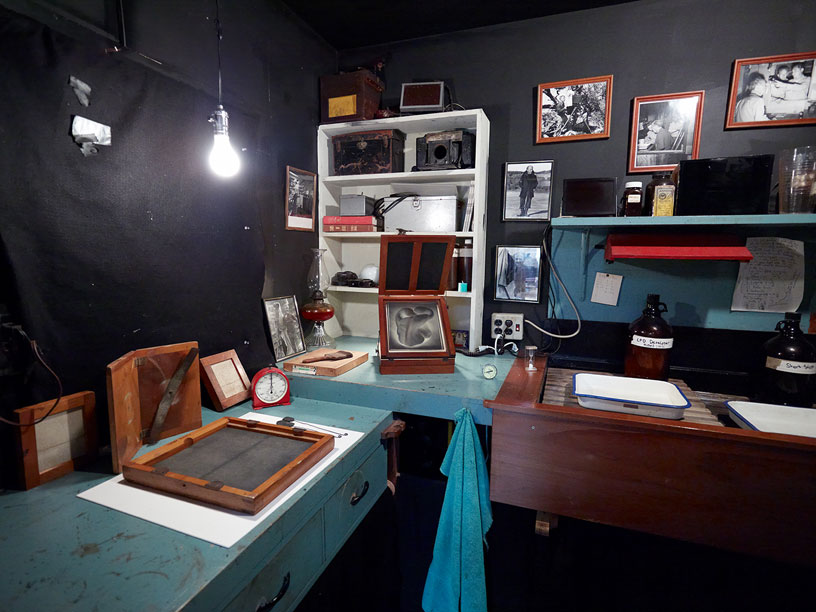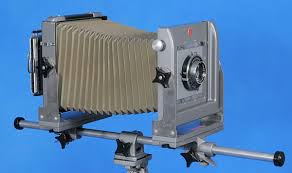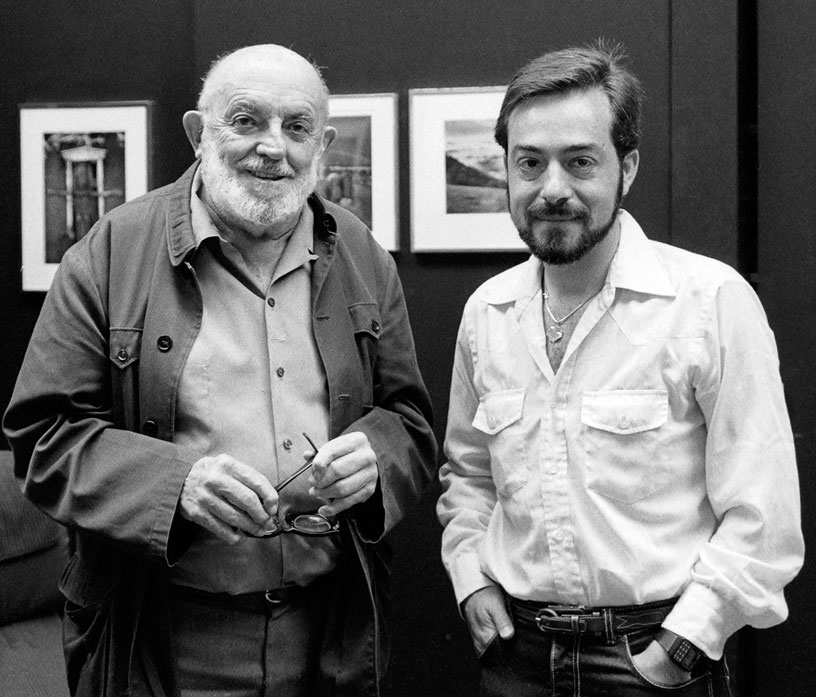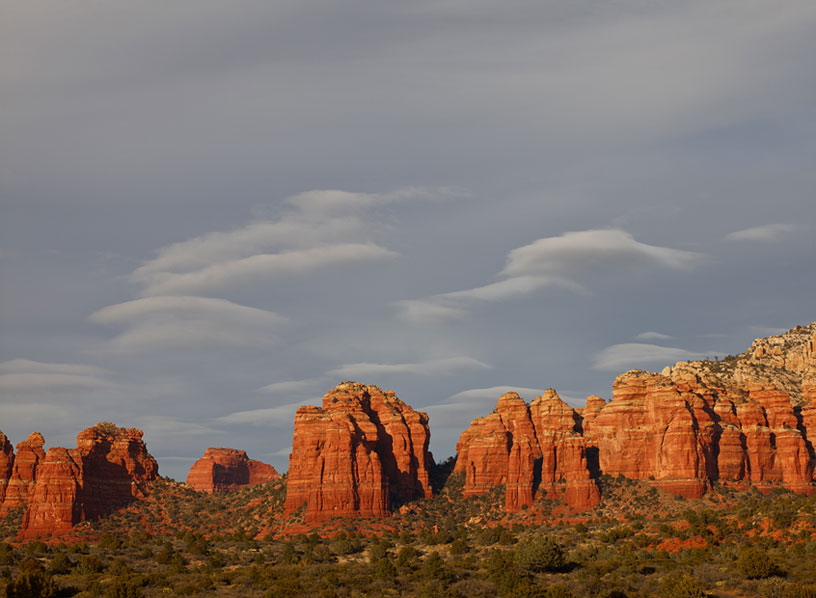Introduction
There are many types of art and many different crafts in the world, so the question is: Why did I choose photography?
To answer this question I need to look back at my childhood days.
I always admired people who could draw and paint. Alas, I seemed to have no talent for either one. My drawings were somewhere between awful and pathetic and even though I greatly enjoyed painting, all my painting attempts were really bad.
It turns out that I had an innate ability for sculpture and I also had talent as a musician. Most people around me would probably have guessed that I would be a sculptor first and a musician second should I try to pursue art as a career or an avocation.
They were right about the music. I was quite a serious musician for many years and although I rarely play any of my 3 beloved instruments anymore I am still an avid music fan. I listen to music quite often, I am a serious audiophile and I attend concerts every chance I get.
On the other hand, I traded the 3 dimensions for 2 and instead of sculpture I opted for photography.
Events That Changed Me
There are two events that changed me and started to make photography irresistible.
The first event occurred when one of my uncles invited me to his place of business. He was in the middle of producing a product catalog (using black and white images of the products, as was customary back then). He had a black and white darkroom where he had a staff that was processing the negatives and making test prints that day.
Seeing that first image come up on the paper inside the developer was true magic. I was only 9 years old, but it changed me forever.
I eagerly learned basic darkroom techniques and for the better part of 4 or 5 years I processed film and made contact prints without hardly ever shooting an image. I did not own a camera at the time. Unlike most photographers, I started my life long adventure in photography processing film and making contact prints for others. I did not start shooting my own images until after years of doing darkroom work.
This might explain why from day one I have always considered printing a critical part of the photographic process and why I have always made my own prints. I still spend a lot more time carefully refining and printing images than I spend capturing them.
It may also explain why I have printed using many different methods, including conventional methods as well as less conventional methods such as Platinum, Dye Transfer and multilayer handmade Carbon Pigment prints.There are many other reasons for this, but I do not want to digress.
I was finally able to use a camera that belonged to my sister when I was about 13 years old. It was a basic Brownie. A few years later I was able to borrow my first 35 mm SLR, a cheap Eastern European camera. I spoiled a lot of film trying to learn how to shoot and I spoiled a lot of paper trying to make better prints. I devoured Photography books and magazines, but I was never satisfied with my images. Something major was missing and I could not figure out what it was.
Then the second event happened. There was an exhibit of Edward Weston’s photographs at a major museum in town. I went to see that exhibit and my mind was blown, my eyes were in disbelief and my heart was doing things it had never done before. I had never seen anything like that in my life. I had never seen large format photography before, let alone the exquisite quality, vision and workmanship of someone like the incomparable Edward Weston.

Edward Weston’s darkroom and original Pepper negative. Captured during a recent visit; the darkroom remains preserved as it was by his family.
The Weston exhibit was such a momentous revelation that I had to figure out a way to do large format photography. It took me a couple of years to save the $142 dollars required to purchase a basic 4×5 inch monorail. I managed to borrow a lens and eventually I was able to purchase a used Schneider.

My old Calumet Monorail
I had no idea what I was doing, but everything was upside down from my 35 mm experience. While I felt I had excellent mastery of 35 mm cameras and the 35 mm darkroom, I could never get the image quality I was searching for with small format.
The exact opposite was the case with large format. I was overwhelmed with swings, tilts, exposure variations with bellows length, rise/fall/shift and the whole myriad of things that are critical with a view camera. I was a newbie in terms of developing and printing large sheet film. I could sense that I needed assorted other skills that I did not have in order to master the art and the craft of large format photography. I was determined to achieve the image quality I was looking for, but I also realized that this was serious business and it was going to take me years to get there.
And so it did. It took me years to finally achieve the kind of image quality I was looking for. It is of utmost importance to point out that this was not because I learned how to use a view camera. I had to learn how to expose properly (both, film and paper) and how to develop and print properly. The Zone System was a great beginning and that is where I started. I also had to look at lots and lots of fine prints in order to learn what the true masters of photography were doing. I had to develop a message and a style. All these things are critical. One can be the best technician and the best craftsman, but if the message is empty or the aesthetics are not there, the results are no good. Conversely, one can also be a fantastic artist in terms of concepts, but without mastering the craft and the technology, the concepts cannot be properly brought to fruition.
The image at the top of this article is one of my early large format images, “River and Daisy Geiser”, captured on 4×5 inch film in Yellowstone. It was a very challenging image to capture as the temperature was minus 55 degrees Fahrenheit and the location was quite inaccessible at the time. Arriving at the proper exposure, development and printing recipe was also not easy.
In order to achieve the proper artistic impression, the print must be luminous and subtle with texture everywhere. The snow must look like snow, not chalk. The vapor must feel humid. This is one of those images where lots of things have to be done close to perfection to get a good print.
All of this hard work finally paid off when I was accepted to participate in an Ansel Adams workshop. This was another event that changed me. Ansel was a truly special individual in ways that are never described. He went so far beyond photography and so deep in so many areas, that the experience of being able to be with him, learn and share was truly remarkable.

Ansel Adams and me in the living room of his Carmel home in the early 1980s.
I will never forget when Ansel first saw my portfolio and commented that I was a good technician and I had a powerful message, but I was screaming the message. He suggested that my images would be much more powerful if I whispered the message instead of screaming it.
I carry this golden nugget with me every time I make an image. That single phrase remains one of the most powerful bits of knowledge about photography I have ever received. It is also particularly relevant in today’s world of digital photography. I say this because the vast majority of the digital photographs I see are grossly overdone: They are over sharpened, they are over saturated and they show excessive and not particularly tasteful use of powerful digital tools.
By having no finesse in the use of digital tools, most photographers actually degrade their images rather than improve them.
The icing on the cake of that workshop was that it gave me the opportunity to meet a number of other great photographers, some of whom remain close friends and/or mentors.
But Wait, There’s More…
Yes, there is a lot more that made me choose photography.
Photography has a number of characteristics that are unique and are in a basic sense not shared with other non performance oriented visual art forms:
- With few exceptions, most photographs have a basis on the real world. What I mean by this is that we capture images from real objects. This forces us to learn how to see. I find that the art of seeing is one of the most fun and transcendental skills to develop. It certainly has changed my appreciation of our world and the things in it. Most people look, but they do not really see what is there. Good photographers know how to see.
- The ability to see and the requirement to work with real objects has led me to have a deep thirst for exploration. Whether it is a small object in my own living room or some distant land, or even a different planet, this quest for exploration is very exciting.
- More often than not, photography leads me to view things through a device different than the eye. This creates a different level of appreciation of the scene in question and leads to a deeper understanding of the visual values by observing things through what is effectively at least two and sometimes more different points of view.
- I was trained as a Physicist. It is no surprise that I love science and technology. Photography is an art form that is very closely intertwined with science and with a number of technologies. These include things such as optics, mechanics, semiconductor Physics, electronics, chemistry, software and others. I personally derive deep pleasure from the intellectual stimulation of trying to understand and use all the technologies involved to the best of my abilities.
These unique characteristics of photography make the medium irresistible to me.
I choose to photograph the landscape most of the time because it gives me the opportunity to explore and admire the most beautiful and most amazing places on earth. It also allows me to document something precious that is fast disappearing due to extreme overpopulation and the atrocious way in which mankind has decimated the planet.

One of my more recent Medium Format digital images “Boulders and Clouds” Captured with a technical camera in Sedona, Arizona.
Sometimes I enjoy the process of being on location, admiring the scene, waiting for the right light or the right event and pondering the beauty and greatness of nature so much that it feels irrelevant whether I release the shutter or not. In other words, sometimes the process and the experience is so compelling that I have been known to spend hours setting up and actually not release the shutter.
Two examples come to mind:
- I was in Yellowknife Canada on a very cold February night waiting to see the Aurora Borealis. There had been massive sun activity a few days earlier and we were lucky enough to experience what natives in the area described to me as a once in a decade event. We were treated to a multicolored Aurora that felt and looked like a gigantic alien spacecraft (occupying about 80% of the sky!) descending on us. There were many light formations in the shape of rods, lines, curves and almost perfect circles and ellipses. They came in all kinds of shades of green, red, blue, yellow and purple. The light “danced” all around us as if it was a carefully choreographed ballet inside the dome of a giant jellyfish. The electric buzzing noises produced in the upper atmosphere provided the musical accompaniment. This is probably the most impressive show of nature I have ever seen. It was so special and so overwhelming that I chose to absorb it at its fullest and I left the camera on the tripod untouched.
- On a most beautiful afternoon in Africa, I chose to go on a game drive without a camera. It was the right decision. While I missed some potential excellent images, the experience was incredibly special. Some photographers might strongly disagree with me, but I feel that the loss of a few images that afternoon has paid big dividends because it enhanced my love and my understanding of the animals, the light and the terrain in that area. This in turn has lead me to make higher quality images of this particular subject in this general location. In fact, I often make my workshop students go out for a half a day on location without a camera in order to learn the terrain, the light and in order to build a more solid concept of the type of images they want to make at that particular location.
Conclusion
I believe that all the reasons mentioned above present a compelling case for my choosing photography as my main passion and avocation in the art world.
To me the best photographs are produced by those rare individuals that not only have a compelling message and a unique artistic style, but also have complete mastery of the craft and spend the time and effort required to produce exquisite prints. I constantly strive to achieve these lofty goals.
The bottom line is that Photography has changed who I am and has brought me and those around me countless benefits.
I hope photography will do the same for you and bring you much joy and many benefits as well.






Your Thoughts